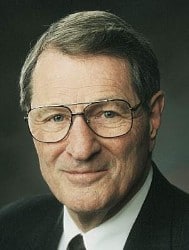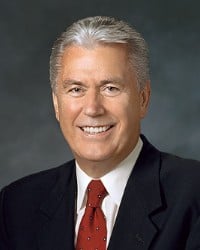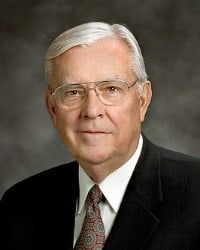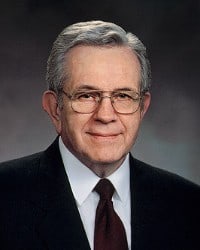
“Creative expression can also represent the celebration of our gratitude to God for our gifts and talents.”
| “Creativity,” New Era, Aug. 1982, 4

“Creative expression can also represent the celebration of our gratitude to God for our gifts and talents.”
| “Creativity,” New Era, Aug. 1982, 4

“Creation brings deep satisfaction and fulfillment. We develop ourselves and others when we take unorganized matter into our hands and mold it into something of beauty. …
The more you trust and rely upon the Spirit, the greater your capacity to create. That is your opportunity in this life and your destiny in the life to come.”
| “Happiness, Your Heritage,” Nov. 2008 general conference

“God’s purpose for the artist is to inspire, to give us visions of ourselves that we might not otherwise see, to make us better than we would have been. The world is better for the arts and righteous artists in it. In the quest to achieve greatness in artistic pursuits—whether in painting, dance, music, drama, film, sculpture, or the written word—we should always seek first to achieve God’s purposes. …Today, a number of Latter-day Saint artists from all fields, from writers and musicians to painters and performers, are beginning to help fill the world with goodness and truth. Latter-day Saints are a special people.”
| “Filling the World with Goodness and Truth,” Ensign, July 1996, 10, 14.

“Too often, however, those who possess great talents are selfish and do not use their gifts for the benefit of others. And more importantly, they do not acknowledge that these gifts are God-given.”
| “Every Good Gift,” New Era, Aug. 1983, 6

“Everywhere around us, in every realm of artistic endeavor, we see evidence of the rejection of traditional standards of beauty and worth. In the visual arts, in literature, in film, in music of both popular and classical variety, ugliness has been enshrined as a new standard, as we accept the ability to shock as a replacement for the old ability to inspire.”

“The reason we have not yet produced a greater heritage in art and literature and music and drama is not … because we have not had talented people. … Some have reached great heights in their chosen fields. But few have captured the spirit of the gospel of Jesus Christ and the restoration of it in music, in art, in literature. They have not, therefore, even though they were gifted, made a lasting contribution to the onrolling of the Church and kingdom of God in the dispensation of the fulness of times. … They have missed being what they might have become.”
| “The Arts and the Spirit of the Lord,” Boyd K. Packer, Ensign, Aug. 1976, 61.

The work of the Lord has been moved by the members in the wards and stakes and branches who have been blessed with special gifts and who use them unselfishly. Because of what they do, we are able to feel and learn very quickly through music, through art, through poetry some spiritual things that we would otherwise learn very slowly. All of us are indebted to them for their generous service. I am humbly grateful to those who render such service in the Church.
| “The Arts and the Spirit of the Lord,” Boyd K. Packer, Ensign, Aug. 1976, 61.

“I mentioned earlier that the greatest hymns and anthems have not been composed, nor have the greatest illustrations been set down, nor the poems written, nor the paintings finished. When they are produced, who will produce them? Will it be the most talented and the most highly trained among us? I rather think it will not. They will be produced by those who are the most inspired among us. Inspiration can come to those whose talents are barely adequate, and their contribution will be felt for generations; and the Church and kingdom of God will move forward just a little more easily because they have been here.”
| “The Arts and the Spirit of the Lord,” That All May Be Edified (Salt Lake City: Bookcraft, 1982), 285.

“LDS artists must earn inspiration, just as other artists have. . . . It doesn’t come just because artists are members of the LDS church, they still must work for it.”
| “Art Is Uplifting,” 4